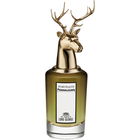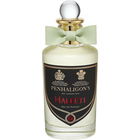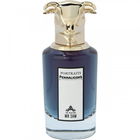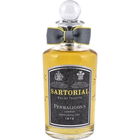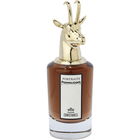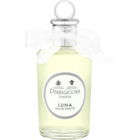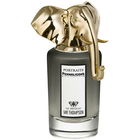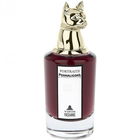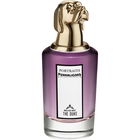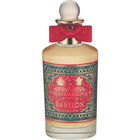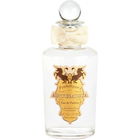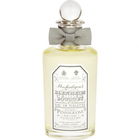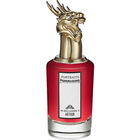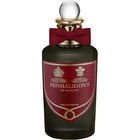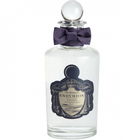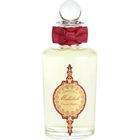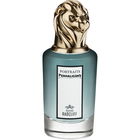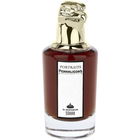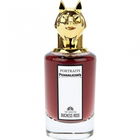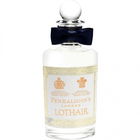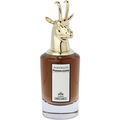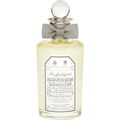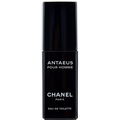
Apicius
1328 Reviews

Apicius
Helpful Review
6
Yes, it hurts!
After the discussions we had about classic Fougère I had a brief test with a few spritzes of English Fern on my wrist.
My impression was that the start was herbaceous, maybe a bit citric and blended with a floral note. It appeared to be relatively friendly and convenient to wear, for the simple reason that something seemed to be missing: the spicy side of what I associate with the classic Fougère accord. The absence of anything reminiscent of aniseed, fennel, absinthe or the like was nice, but also brought up the idea of a certain blandness – something basic missing! Also, I did not get any pictures of cloth and textiles like with other Fougère fragrances. What was definitely being preserved from the original concept was the kind of soapiness that can remind at old-fashioned bathrooms: Victorian bathrooms, and also an almost stinging sharpness – yes, it hurts!
I think I can follow Drseid's presumption now that this cannot be the original. Given the fact that due to regulations and availabilities of raw materials perfume houses continuously change their formulas, hardly any traditional fragrance will be same as 100 years ago anyway. The best we can hope for is that it hasn't lost its original character and style.
Things changed a little during drydown. The longer English Fern was around me the more classic fougère it became. In the end, it came much closer to my personal conception of the classic.
English Fern can be worn today but it is something very special. One must be able to cope with its sharp edge, especially as longevity and sillage are very strong. I keep my opinion that one should not refer to these kind of fragrances as being a pleasure or something beautiful. Instead, English Fern is interesting and also demanding, a definite try before you buy. I still haven't made up my mind if English Fern and the other Fougère classics is something I would like to wear – no easy case at all.
My impression was that the start was herbaceous, maybe a bit citric and blended with a floral note. It appeared to be relatively friendly and convenient to wear, for the simple reason that something seemed to be missing: the spicy side of what I associate with the classic Fougère accord. The absence of anything reminiscent of aniseed, fennel, absinthe or the like was nice, but also brought up the idea of a certain blandness – something basic missing! Also, I did not get any pictures of cloth and textiles like with other Fougère fragrances. What was definitely being preserved from the original concept was the kind of soapiness that can remind at old-fashioned bathrooms: Victorian bathrooms, and also an almost stinging sharpness – yes, it hurts!
I think I can follow Drseid's presumption now that this cannot be the original. Given the fact that due to regulations and availabilities of raw materials perfume houses continuously change their formulas, hardly any traditional fragrance will be same as 100 years ago anyway. The best we can hope for is that it hasn't lost its original character and style.
Things changed a little during drydown. The longer English Fern was around me the more classic fougère it became. In the end, it came much closer to my personal conception of the classic.
English Fern can be worn today but it is something very special. One must be able to cope with its sharp edge, especially as longevity and sillage are very strong. I keep my opinion that one should not refer to these kind of fragrances as being a pleasure or something beautiful. Instead, English Fern is interesting and also demanding, a definite try before you buy. I still haven't made up my mind if English Fern and the other Fougère classics is something I would like to wear – no easy case at all.
1 Comment




 Top Notes
Top Notes  Lavender
Lavender Geranium
Geranium Heart Notes
Heart Notes  Clover
Clover Base Notes
Base Notes  Oakmoss
Oakmoss Patchouli
Patchouli Sandalwood
Sandalwood


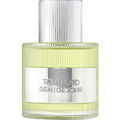


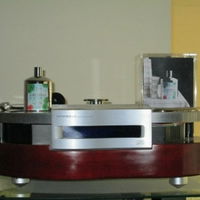



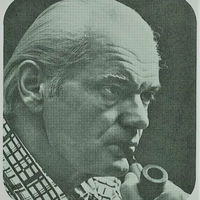



 Godfreywilde
Godfreywilde Libertarian
Libertarian Chnokfir
Chnokfir Mefunx
Mefunx Flioline
Flioline Couchlock
Couchlock Klinka
Klinka Duftjäger
Duftjäger Soerens
Soerens Minigolf
Minigolf